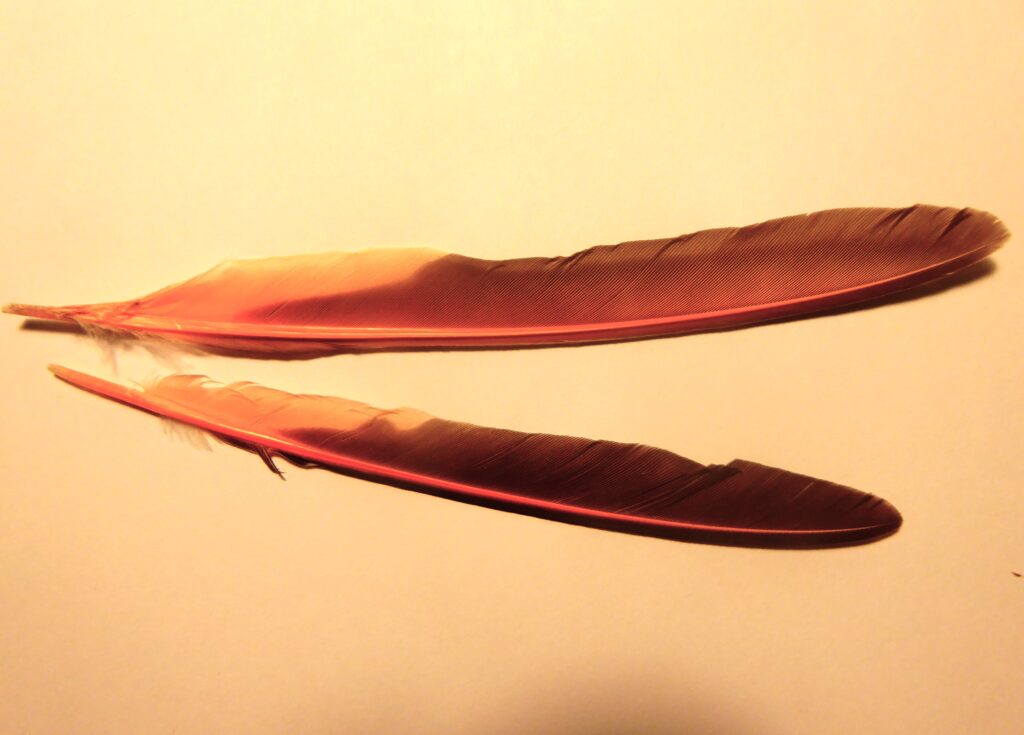Sign a check. Sign a petition. Sign for a package. We don’t think twice about scrawling our “John Hancock” and our signature proves we were there to do so. It’s the same with animals — they leave a “signature.” You may not see them as you walk open space trails or around your neighborhood, but even when animals are long gone, in the middle of the slow time of day for wildlife activity, you can find signs of lives lived. All it takes is an eye for the left-behind details that are a giveaway.
Some signs are obvious. Tracks in snow or mud are blatant indicators that a creature was there — but what creature? For that, you must peer at details of a single print or a complete trail of them disappearing into the distance. How big is the print? Do the toes show? Do the claws show? How wide is the print? How far apart are the tracks? Do they overprint themselves? Which direction are they going — and why?
Here you enter the realm of detection and possibly wild speculation! How long ago were the tracks formed? Hard to know! What was the animal doing? Finding food — are there signs? Going home — is there a runway? Escaping an enemy . . . the story you create may be evidence-based or pure fantasy, but either way taking — (not wasting) — time to study and speculate can enrich your outing. You can even track-watch on a sidewalk where some animal passed by when new cement was still wet. It can be a fun challenge when you are trying to coax kids to walk a little bit further!
Many meal remnants lie waiting to be revealed. (Fast-food wrappers are not included!) Look for anything from bits of bone to fragments of shell, from chewed leaves to snapped branches. And there is always scat (poop) to indicate someone ate well. Perhaps the hair in the scat suggests a feast of rabbit? Or maybe that poop-like oval remnant is not scat at all, but an owl pellet that shows where an owl perched in the cottonwood above and coughed up a meal remnant containing indigestible bits of voles or mice?
As you focus on ever-smaller details, you may become aware of compacted earth that hints at a favorite dining place, or a faint trail that might lead to a hole, a home, and escape? The possibilities are endless.
Birds, too, may leave their signatures as they fly by, or try to evade predators. One or two feathers could hint at feather shedding during a molt. More feathers may point to a near escape, or, sadly, a calamity. Look carefully at any feathers you find; they have complex stories to tell. Are the feathers stiff and long-shafted (possibly tail or wing feathers) or are they small, fluffy, and flyaway (insulating breast feathers)? Do the colors or patterns suggest a familiar bird? Remember to leave the feathers where you find them, fun for the next person to find and the legal thing to do. Feathers, nests, birds’ eggs and all such artifacts are protected under the Migratory Bird Treaty Act, passed in 1918 in response to the massive exploitation of bird feathers to adorn women’s hats. If you wish to remember your find, or look up its potential origin, take a picture!
Once you start looking, you’ll find signatures everywhere. Maybe it’s worth snapping pictures of all finds as you go, to compile a record of your day’s outing, or a reminder to look up details when you get home . . . and just to get you started, what about these? (Answers below)

